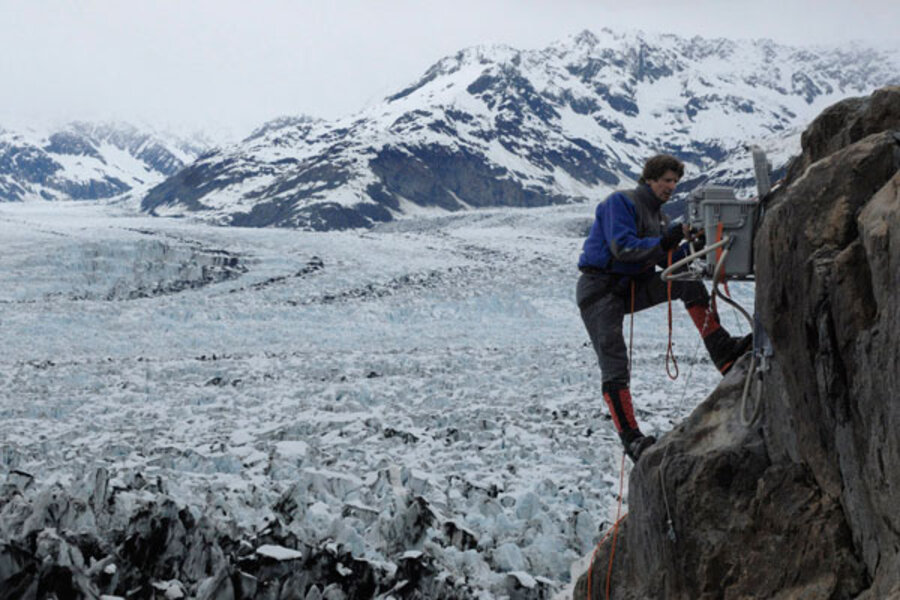Headline so far
Wildlife is feeling the effects.
Alaska's temperatures have risen about twice as fast as those in the Lower 48. Since the 1950s, the state's annual average temperature has increased by 3 degrees F., with winter temperatures rising by an average of 6 degrees F. Part of that increase is attributed to a natural, long-term climate pattern in the Pacific Ocean. Still, the overall warming trend has led to fewer extreme cold days and to more days with extreme warmth. The state's snows are melting earlier, summer sea ice is shrinking dramatically, glaciers are receding, permafrost is thawing, and the state’s interior is generally drying, leading to more wildfires and more extensive insect infestations. The growing season has expanded by 45 percent over the past 100 years.
Hawaii, as well as other Pacific islands affiliated with the US, is seeing increases in coral bleaching from warming seawater, which also is changing the distribution of fish. Depending on their location, some islands are seeing less rain than they have in the past.
Look-ahead
For Alaska, the amount of water falling as rain or snow is expected to increase by 15 to 30 percent statewide, yet that is likely to be offset by warmer temperatures, which boost evaporation. This, combined with a longer growing season, is likely to reduce the availability of water in much of the state. The continuing thaw of permafrost would undermine the roads and buildings built on permafrost, and the layer is likely to release methane – a potent greenhouse gas – as the thaw deepens. Summer sea ice is expected to virtually vanish by midcentury, altering marine ecosystems as well as weather patterns at lower latitudes. Ocean warming and acidification are expected to alter the abundance and value of fish supporting the state's fishing industry.
For Hawaii and other Pacific Islands, warming oceans and acidification are expected to degrade coral reefs and the habitats they provide for a broad range of marine life. As rainfall patterns change and salt-water encroaches on aquifers, fresh water is expected to become scarce for islands in the eastern North Pacific.
What's being done?
Both states either have an adaptation plan in place or are developing a plan. Only Hawaii has emission-reduction goals.






